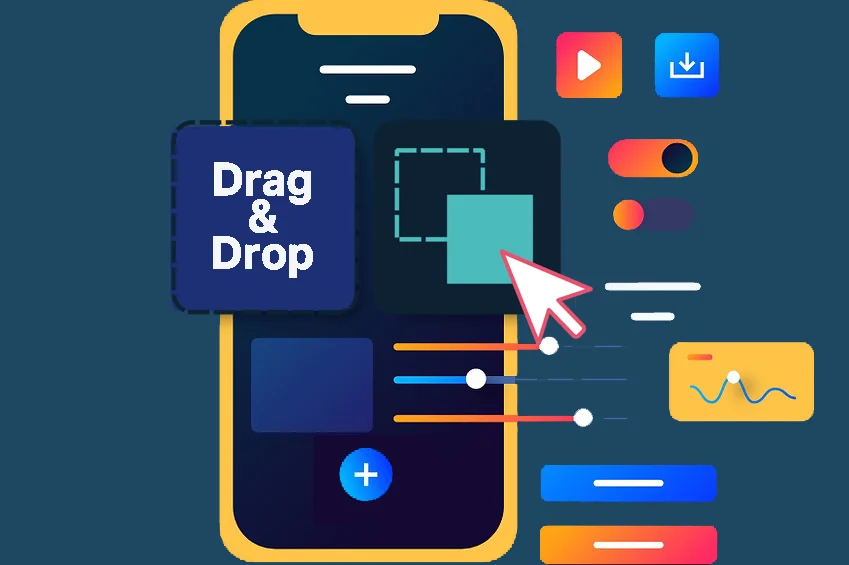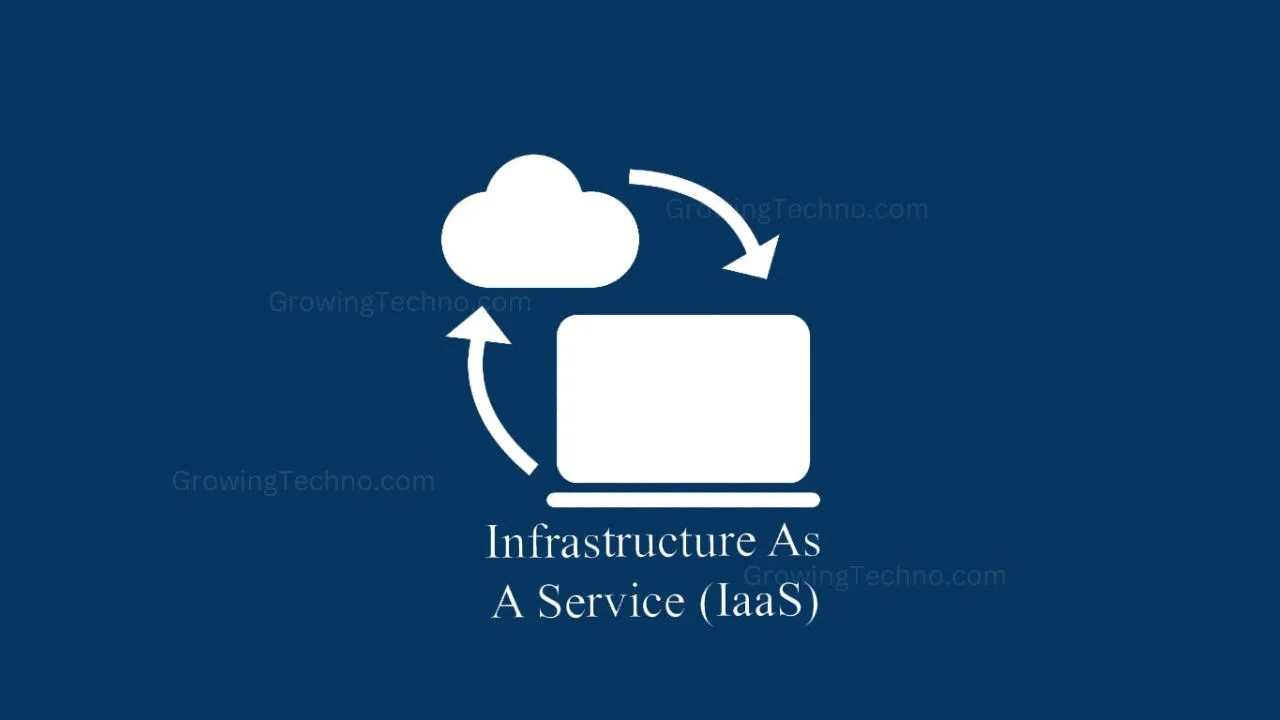
In the ever-evolving landscape of software development, speed and agility are key. Traditional development processes can be time-consuming and resource-intensive. Enter low-code and no-code cloud services, transformative tools that empower businesses to build applications faster and more efficiently than ever before. In this article, we explore the world of low-code and no-code cloud services, shedding light on their advantages, applications, and how they are reshaping the way we develop software.
Understanding Low-Code and No-Code
Let’s begin with the basics. Low-code and no-code development platforms are designed to simplify the application development process. They do this by abstracting and automating many of the complex and time-consuming tasks traditionally associated with coding.
- Low-Code Development: Low-code platforms provide a visual interface that allows developers to design and build applications with minimal hand-coding. They offer pre-built components and templates, streamlining the development process.
- No-Code Development: No-code platforms take simplicity a step further. They enable individuals with little to no coding experience to create functional applications using a visual interface and predefined building blocks.
Advantages of Low-Code and No-Code
- Speed: These platforms drastically reduce development time, allowing businesses to bring applications to market faster.
- Cost-Efficiency: With fewer resources required for development, low-code, and no-code solutions often prove more cost-effective.
- Accessibility: No-code platforms democratize app development, enabling non-developers to contribute to creating solutions.
- Scalability: Applications built on these platforms are often highly scalable, growing with your business needs.

Applications Across Industries
Low-code and no-code solutions have found applications across a wide range of industries:
- Finance: Streamlining customer onboarding processes and creating financial reporting dashboards.
- Healthcare: Developing patient management systems and telehealth applications.
- Manufacturing: Optimizing supply chain management and production tracking.
- Retail: Building e-commerce platforms and inventory management systems.
Challenges and Considerations
While low-code and no-code solutions offer numerous advantages, they are not without challenges. These include concerns about security, customization limitations, and the risk of creating overly simplistic applications that may not meet complex business needs. It’s crucial to carefully assess the suitability of these platforms for your specific project.
Future Trends
The future of low-code and no-code development is promising. As these platforms continue to evolve, they are likely to become even more sophisticated and versatile. Integration with emerging technologies like artificial intelligence and machine learning is expected to further enhance their capabilities.
Found this helpful? Share the wisdom!














